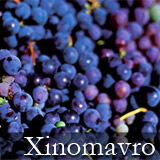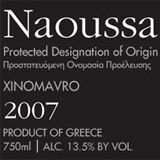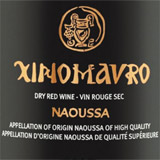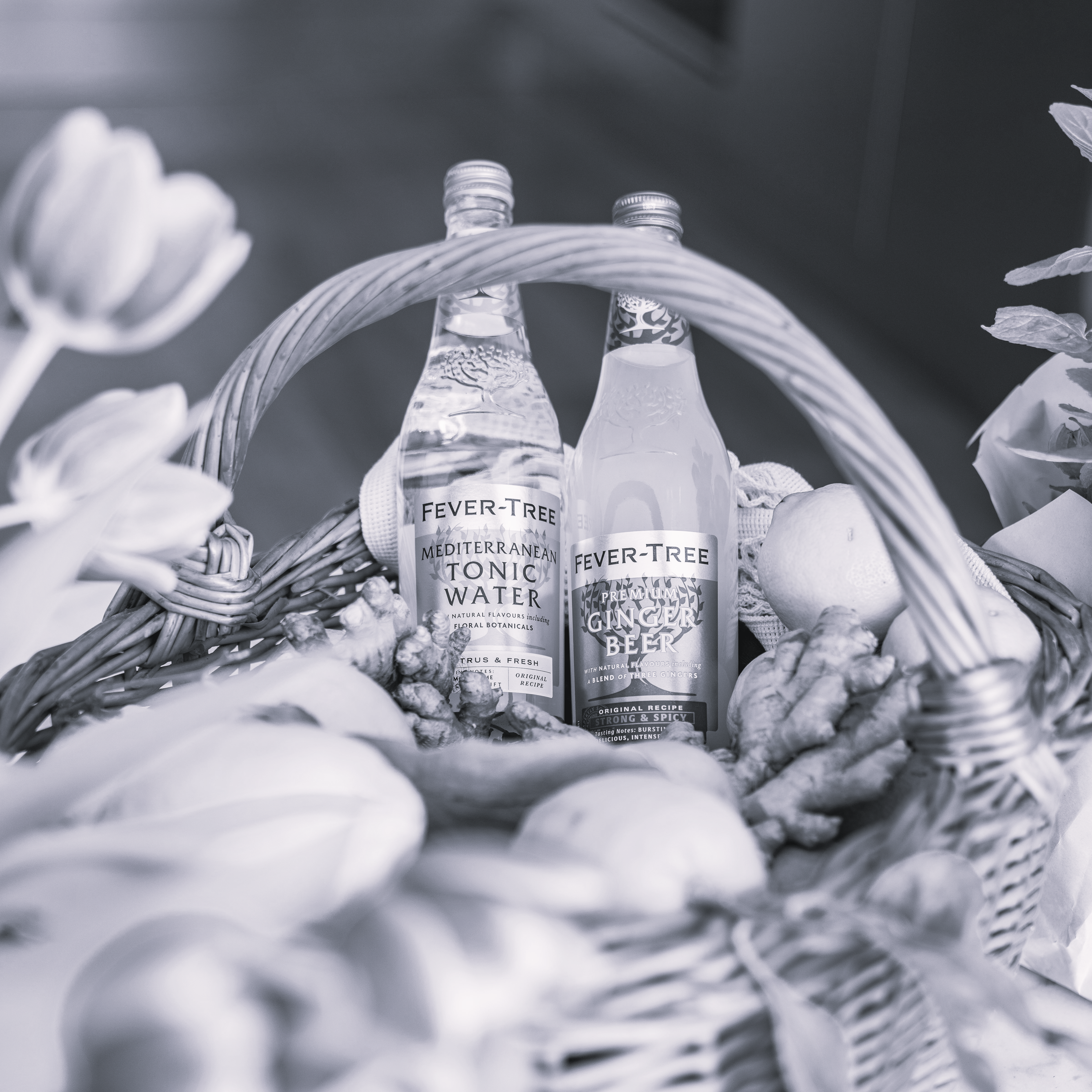Xinomavro is the main and most noble indigenous red grape varietal of northern Greece. Its name (meaning 'acid-black') - reveals its basic features: high in acidity (Xino = sour), deep, black in colour (mavro = black), with powerful tannins. This combination of high acidity and phenolic richness results in wines with the possibility to age for many years, sometimes decades.
Xinomavro is most often compared to Pinot Noir and Nebbiolo as it matches many of their characters, as it is not easy to grow or to work with and make into wine. But if you treat it well, you get a wine of outstanding finesse, complexity and potential. Many winemakers choose to use cold maceration before fermentation - which helps to get more colour, without extracting astringent tannin, then careful use of time in oak.
On the nose you can find complex aromas of dried plums, strawberries, blueberries, raspberries, truffles, leather, earthy notes, aromatic herbs and spices. It is not a wine to drink while young - you should enjoy Xinomavro when it is at least five years old, however they are at their most interesting after ten years of ageing. Xinomavro wines match very well with local cuisine - dishes such as bbq or spicy chicken or roast pork, rich lamb dishes, or where rich tomato sauce is involved, these wines even match well with seared tuna.
It is an active variety, high yielding, robust and resistant to disease, but very sensitive to a lack of water. The grapes are of medium-size, spherical with a thick skin, white flesh and a characteristic colour of the skins ranging from dark red to nearly black. The variety has proven to have considerable potential in terms of aromas from fermentation and aging, but also to have well-balanced sugar, acid and tannin levels. During the 12 month aging in oak barrels as determined by the relevant legislation, the wine develops a layered palate and a rich bouquet - this also softens its tannins that give the wine its good structure and richness and wines with great aging potential.










